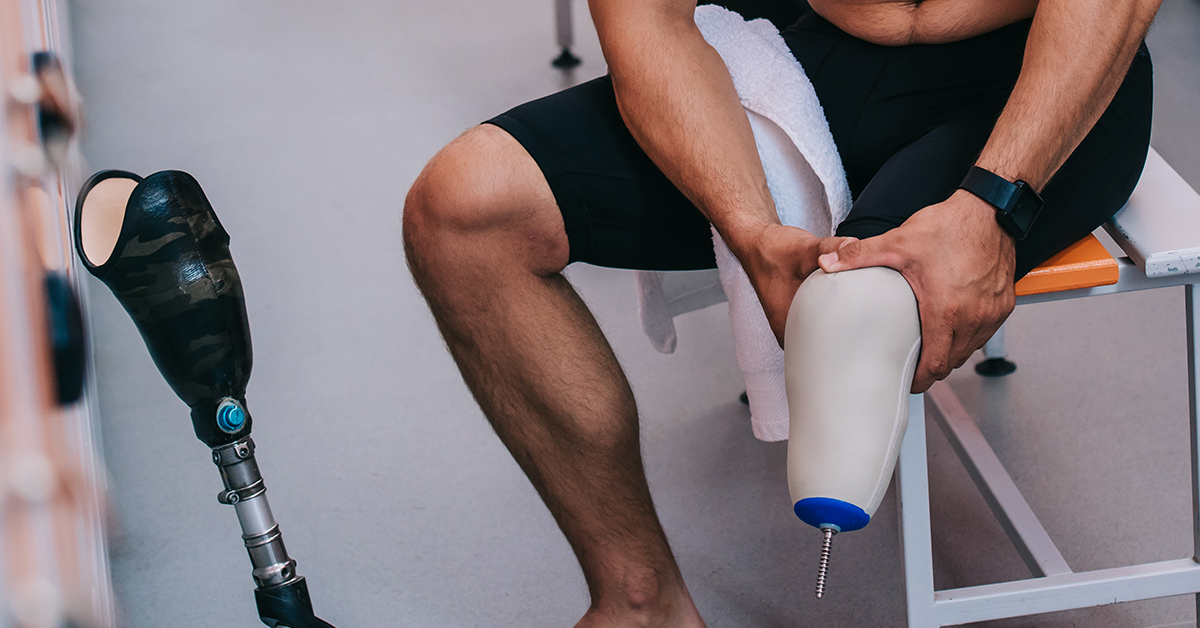
What is Phantom Limb Pain?
Phantom limb pain is pain that occurs in the limb that is undergone amputation. Following amputation of a limb, patients may continue to feel like they're limb still exists and that it is painful. While the pain itself is not very severe, it can be rather distracting and distressing.
What causes Phantom Limb Pain?
Following amputation, the nerve fibers at the tip of the amputated limb can continue to send signals to the brain as though the limb still existed. The signals can include pain signals as well. Some interesting studies have also shown changes within the brain that occurred following limb amputation. These changes result in altered perception of the area where limb amputation has been conducted.
Symptoms and Diagnosis
Phantom limb pain may occur immediately after or months to years after amputation. Studies have shown that in 75 percent of patients, pain can develop within the first few days following amputation. Symptoms vary between patients who report a cramping sensation, burning sensation or even a shooting or stabbing pain. While in most cases the symptoms are mild, sometimes the pain can be rather severe, even to a point where it have an impact on the patient's daily activities.
Phantom limb pain can last for months to years. The pain that is experienced by patients is intermittent, meaning it only occurs once in a while rather than constantly. In most cases, phantom limb pain is diagnosed from history and a description of the symptoms that the patient was experiencing. No specific tests need to be performed.
How is Phantom Limb Pain treated?
There are a number of different options that are available to treat phantom limb pain. The choice depends on patient preference and physician experience. Below are a few of the treatment options that may be available to you.
- Relaxation techniques: This usually helps reduce the level of anxiety that are associated with phantom limb pain.
- Application of heat: This may be offered as heat application can reduce pain by improving the blood flow.
- Massage therapy: This can help reduce pain and is also been shown to help reduce anxiety levels and muscle tension.
- Mirror therapy: Here, a mirror is strategically placed so that the patient sees a reflected image of the opposite limb in the mirror. This provides visual feedback to the brain making it believe that the limb still exists.
- Drug treatment: This may be offered as a first-line treatment by doctors. Drugs include tricyclic antidepressants and sodium channel blockers which are useful in managing neuropathic pain.
- Transcutaneous electrical nerve stimulation (TENS): This may be offered as studies have shown this to be reasonably effective.
Surgical treatments are rarely offered as they may not be useful in relieving the symptoms. If any options are available, the doctor may discuss this with the patient.
